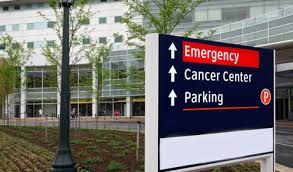Healthcare Facilities Standards and Disaster Management
May 07, 2023
This paper discusses the standards and practices of healthcare facilities in disaster management. Healthcare facilities can face a variety of disasters, including natural disasters such as hurricanes or earthquakes, disease outbreaks, and external terrorism threats. In order to ensure that health care operations are maintained during times of crisis, hospitals and other medical facilities must have a plan in place to deal with any situation that they may encounter.
The first step in creating effective standards for disaster management is identifying potential risks that could occur. Risk assessment should be conducted to identify potential safety hazards, determine possible points of failure within the facility infrastructure, and establish strategies for reducing risk exposure. Once these risks have been identified, organizations should then develop plans for responding to them. These plans can include emergency response protocols for different types of disasters, contact information for local first responders, and evacuation plans for staff and patients.

In addition to having an appropriate plan in place, healthcare facilities should also have the necessary resources to respond to a disaster. This can include emergency response teams that are trained in proper triage and treatment protocols, medical supplies such as medications and bandages, and communication equipment so that hospital personnel can stay connected during an emergency. Hospitals should also have access to backup power sources in case of electrical outages or water shortages.
Finally, hospitals must maintain their disaster management plans on an ongoing basis by regularly testing their systems and personnel. They should ensure that all relevant personnel understand their roles in the event of a disaster and that all equipment is up-to-date and in working order. By following these steps, healthcare facilities can be better prepared to appropriately and effectively when disaster strikes.
In conclusion, having an effective disaster management plan is essential for any healthcare facility. Risk assessment should be conducted to identify potential sources of danger, plans should be developed for responding to those risks, resources must be allocated to ensure access to necessary supplies and personnel, and the plans must be regularly tested and updated in order to remain effective. When hospitals are properly prepared and equipped with a comprehensive strategy for dealing with disasters, they can provide high quality care during times of crisis and help keep their patients safe.
